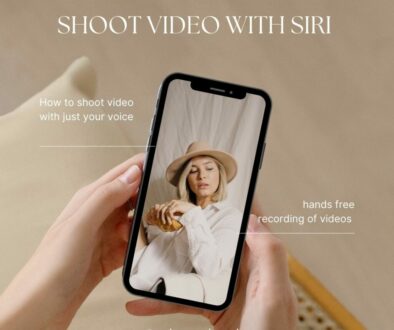Asus PadFone 2 vs PadFone 1
Here is our first in the series of weekly tech snapshot where we bring you personal technologies that shape the way to access and consume information be it in school, college, university or at work. This week, we take a quick look at the PadFone 2 from Asus and how this compares with its predecessor, the first PadFone.
Asus PadFone 2
The Asus PadFone 2 made its debut at Asus’s Press Conference in Milan last year (February 2012) it wasn’t until now that we see this in the UK market. While the first PadFone didn’t quite make it’s first impression memorable, the second generation PadFone is bound to make a difference.
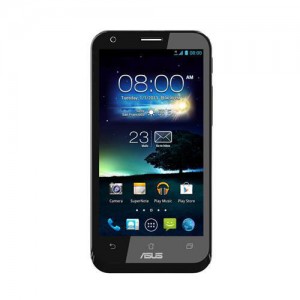
The PadFone 2 station, apart from its high definition screen also carries a pair of stereo speakers and extra battery to complete the tablet experience and give the smartphone additional battery life up to 36 hours talk time. While as a PadFone smartphone, you get 16 hours talk time on 3G.
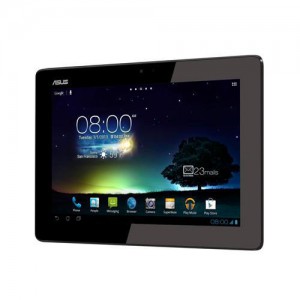
The 13 MegaPixel rear facing camera on the smartphone which is also exposed when docked is capable of capturing high definition video at 720pixel recording at 60 frames per second (fps). In shooting still images, it can take 100 consecutive photos at 6 frames per second. The pictures are also enhanced to give 30% better color and contrast.
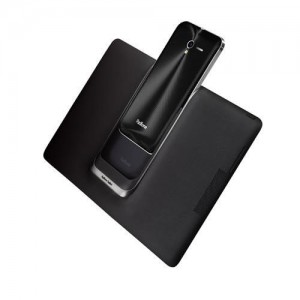
The smartphone has a sleek body, at 9 mm thickness and weighs only 135 g, while the PadFone 2 station weights 514 g giving you a total of 649 g when docked. Compare this to its rival, an iPad 4 with WiFi and Cellular weights more, at 662 g. Surprisingly, the PadFone 2 Station is not any thicker at 10.4 mm which is an engineering feat by itself, being able to slot the PadFone 2 into the back of the Station and still keep its slim figure albeit with a touch screen on the other side.
In terms of storage, the standard options of 16, 32, and 64GB are available. We recommend going with PadFone 2 starting with 32GB storage to allow for more digital contents. As the storage is only on the smartphone, there is no need to worry about synchronising or transferring data between the smartphone and its tablet dock. Asus also provides a 50GB cloud storage free for two years.
Let’s take a look at how the PadFone 2 compares with its predecessor, the PadFone 1 with a side by side comparison.
PadFone 1 vs PadFone 2
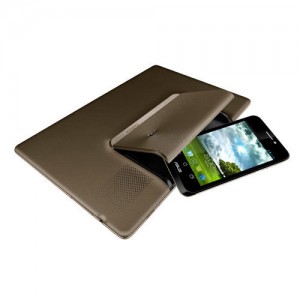
The PadFone 2 also used an improved graphic processing unit from Qualcomm, Adreno 320 compared to PadFone 1’s Adreno 225.
In the system memory department, PadFone 2 has double the memory of it’s predecessor while internal storage options stays the same at 16GB, 32GB and 64GB.
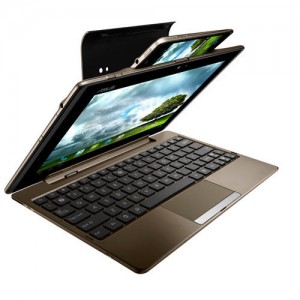
The PadFone 2 on the other hand has a 4.7-inch IPS LCD screen at a super high resolution of 1280 x 720 pixels giving it a pixel density of 312PPI, closing in on its rival, iPhone 5 with 326PPI.
The rear facing camera already received a huge upgrade, from 5 Megapixel to 13 Megapixel with high definition video capture resolution. The front facing camera also had a much needed upgrade from 0.3 Megapixel (VGA) to 1.2 Megapixels.
The new PadFone 2 also has an impressive 16 hours battery life thanks to its high capacity 2140 mAh battery compare to 1520 mAh on PadFone 1 with only half the battery life (8 hours) of its successor.
In the design department, the PadFone 2 smartphone now slides length wise into the PadFone 2 station instead of sideways in PadFone 1. The PadFone 2 is also exposed instead of being hidden behind a flimsy cover (see image). The design on the new PadFone 2 Station is such that it keeps the PadFone 2 smartphone from falling so there is no real need for a cover to keep it in.
Specifications
| PadFone | PadFone 2 |
| Qualcomm Snapdragon S4 dual core 1.5GHz | Qualcomm Snapdragon S4 quad core 1.5GHz (Cortex A-15 class) |
| GPU Adreno 225 | GPU Adreno 320 |
| 4.3-inch AMOLED display 960 x 540 pixels 256PPI Capacitive Touch | 4.7-inch IPS LCD screen 1280 x 720 pixels 312PPI Capacitive Touch |
| System Memory: 1GB | System Memory: 2GB |
| Storage Options: 16GB, 32GB, 64GB | Storage Options: 16GB, 32GB, 64GB |
| Connectivity: GSM, UMTS/HSPA, WWAN maximum download speed 21 Mbps WWAN maximum upload speed 5.76 Mbps WiFi 802.11n, 802.11g, 802.11b GPS Bluetooth | Connectivity: GSM, UMTS/HSPA, LTE WWAN maximum download speed: 100 Mbps WWAN maximum upload speed: 50 Mbps WiFi 802.11n, 802.11g, 802.11b, 802.11a GPS Bluetooth |
| Other Connectors: Headphone Jack 3.5mm, Micro USB, Micro HDMI | Other Connectors: Headphone Jack 3.5mm, Micro USB, Proprietary, MHL |
| Sensors: Compass (Magnetometer), Proximity, Ambient light, Gyroscope, Accelerometer | Sensors: Compass (Magnetometer), Proximity, Ambient light, Gyroscope, Accelerometer |
| Camera: Front Facing 0.3 MP | Camera: Front Facing 1.2 MP |
| Camera: Rear Facing 5 MP | Camera: Rear Facing 12 MP |
| Operating System: Android 4.0 on launch (Ice Cream Sandwich) | Operating System: Android 4.04 at launch, 4.1 Jelly Bean |
| Dimensions: PadFone:128 x 65.4 x 9.2 mm (LxWxH) Dimensions: PadFone Station: 273 x 176.9 x 13.55 mm (LxWxH) | Dimensions: PadFone 137 x 68.9 x 9 mm (LxWxH) Dimensions: PadFone Station 263 x 180.8 x 10.4 mm (LxWxH) |
| Weight: PadFone 129 g | PadFone Station: 724 g | Weight: PadFone 135 g | Padfone Station: 514 g |
| Talk time: 15.7/8 hours (2G/3G) Standby: 370/360 hours (2G/3G) | Talk Time: 16 hours, Standby: 336 hours (3G) |
| PadFone Station: 10.1 inches, WXGA 1280 x 800 TFT screen with Capacitive touch panel and scratch resistant corning glass with HCLR film | PadFone Station: 10.1 inches, WXGA 1280 x 800 IPS screen with Capacitive touch panel and scratch resistant corning glass with anti fingerprint coating |
Do you have the first PadFone? We would like to hear from you. Was the 2 in 1 design helpful or were you yearning to go back to two separate devices. Share your views here.
Demo Video
Watch a PadFone 2 demo video below
Author: Samuel J. Tan
To make sure you continue to receive interesting exciting articles at the forefront of learning with technology, remember subscribe to our updates below and follow @ColorMyLearning on Twitter and Like us on Facebook.
Don’t forget to Rate This Article













